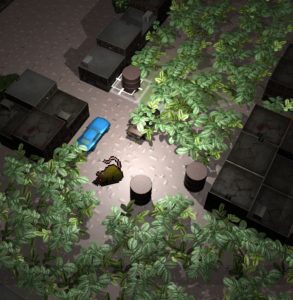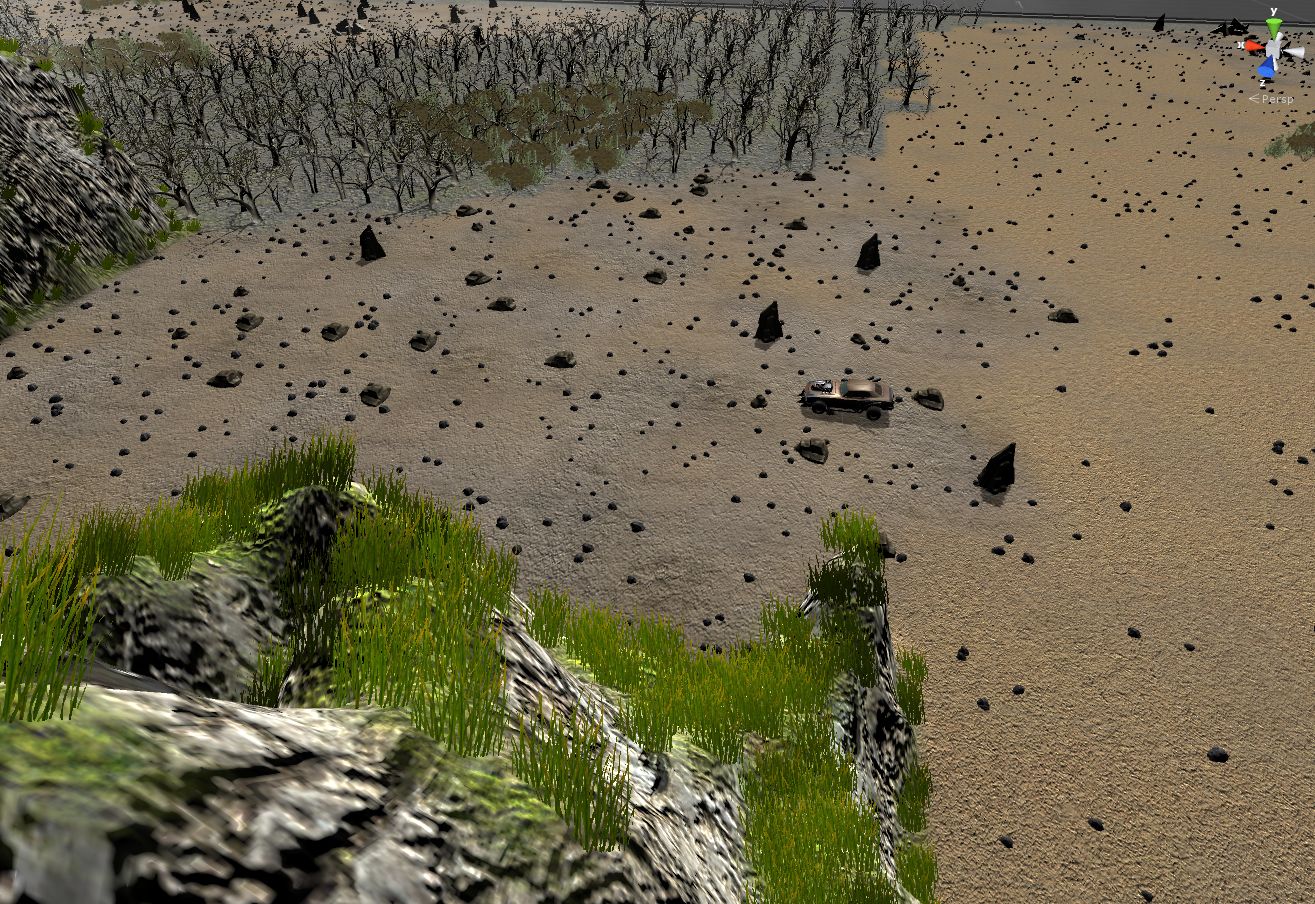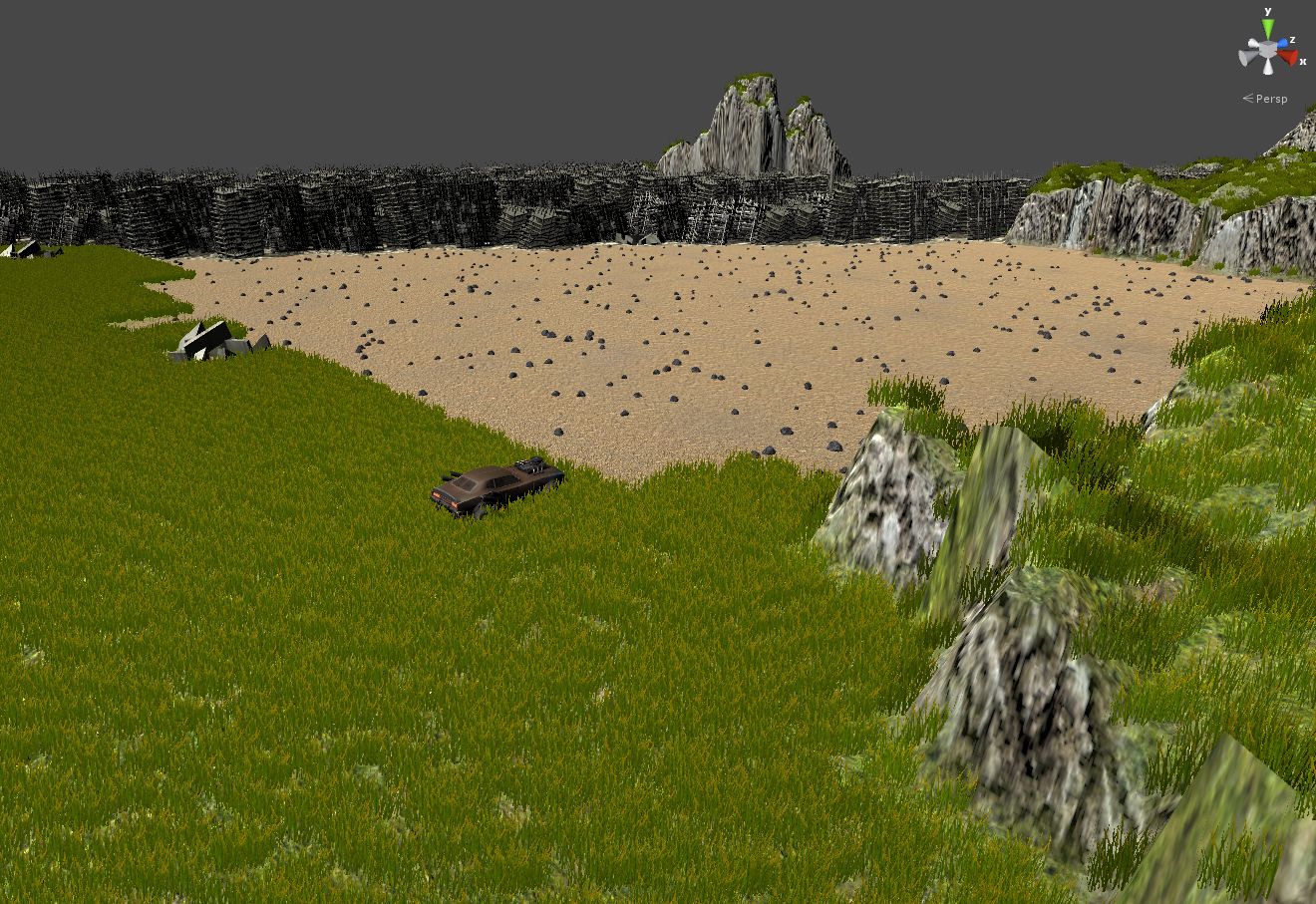I know it’s been a while since I’ve updated, but there hasn’t been a lot going on that’s particularly showable. Â My Perforce checkins show that in the past few months I have…
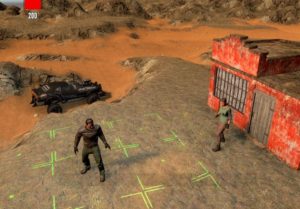 Used a landscape generation tool called Gaia to generate custom baked landscapes that I can use for specific locales or pre-constructed sections of the overworld.
Used a landscape generation tool called Gaia to generate custom baked landscapes that I can use for specific locales or pre-constructed sections of the overworld.- Created a home base area for the player to start in.
- Project movement grid information on the ground to help navigate some areas.  I’ll still work on making sure that they are clearly traversable.
- Added char
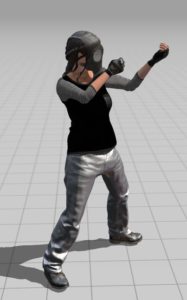 acters from Fuse in there, using some of the pretty good tools to grab some animations and basic clothing setups.
acters from Fuse in there, using some of the pretty good tools to grab some animations and basic clothing setups. - Enlisted the help of my wife Sandra to help get some characters together! Â Nice being able to construct characters as easily as you would in a game like Skyrim. Â And so far it’s free (knock on wood).
- I’m still considering how I want to show characters in general. Â I liked having them when I had a 2D game because it was easy to see what everybody was, but by going 3D I’m going to have some trouble with parseability. Â I’m already scaling things up larger-than-life, but even more might be needed for humans.
- Got together some basic quest granting, as well as a main stats screen for players to track the quests they’re on.
- I also realized that I probably didn’t want a traditional quest system… Â I’m not out to make Wasteland 3 or anything. Â So, I’ve got the system but I’ll be working on evolving it to work even better with generated content.
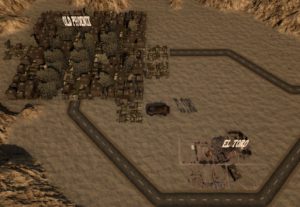 Started thinking harder about the overworld experience.  There’s a lot of back and forth that happened here…  very briefly I thought about creating only one overworld zone and generating only content within.  However, performance considerations, as well as the interesting gameplay that can happen in the overworld, I decided to break it into sectors that include both generated and prebuilt areas.
Started thinking harder about the overworld experience.  There’s a lot of back and forth that happened here…  very briefly I thought about creating only one overworld zone and generating only content within.  However, performance considerations, as well as the interesting gameplay that can happen in the overworld, I decided to break it into sectors that include both generated and prebuilt areas.- Started to move towards the exaggerated scale I want to hit with chunky buildings and roads, but areas on the map with interesting states to deal with.
- Experimented with a number of ways to put roads on a generated terrain mesh, and so far have settled on Easy Decal 3D, which is a bit quirky but that’s pretty standard with Unity asset bundles.  I think it has a good set of features and make it run performant, if I can just work around some of the funky bits.
- I’m hoping this approach will work. Â It is the most dynamic, and would hold up best for generated terrain, but it’s also eaten a good chunk out of my frame rate and needs optimization.
This is all on top of investigation, data loading/saving, performance, and other things. Â Hmm. Â So yeah, I guess I was actually pretty busy over July. Â Still hoping to get back to working on city combat stuff soon.

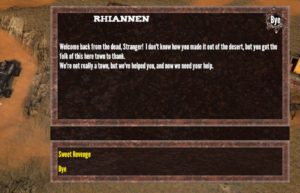
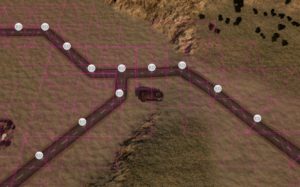
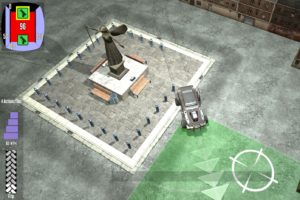 The patch system has a lot of additional features yet to do.  For example, allowing the definition of patches in a nine-slice style where I can scale them to an arbitrary size with consistent edges.  This would allow me to create arbitrary-sized plazas, but more importantly, I can create a road patch that has signs, lights and various elements on it, that scales according to the length (and width if desired) of the road.
The patch system has a lot of additional features yet to do.  For example, allowing the definition of patches in a nine-slice style where I can scale them to an arbitrary size with consistent edges.  This would allow me to create arbitrary-sized plazas, but more importantly, I can create a road patch that has signs, lights and various elements on it, that scales according to the length (and width if desired) of the road.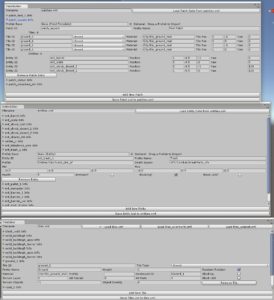 I didn’t expect to get dragged into city decor so early in AutoFire’s development.  It’s certainly a topic of interest to me, but the push in that direction really came from trying to find props for the game.  My 7DRL city was fine, it was basically a dungeon.  A dungeon can be a twisty maze of passages and hallways don’t necessarily need a specific direction of travel defined.  However, it felt like 90% of modern-day props required placement with some thought…  You can’t just sprinkle in mailboxes, street lights and stop signs via Random.Range(0, size)…  There needs to be established clusters and strips of materials.  I can construct hand-built areas anyway, but to extend everything into procedural town I’m pushing the limit of my limited home-grown tools.
I didn’t expect to get dragged into city decor so early in AutoFire’s development.  It’s certainly a topic of interest to me, but the push in that direction really came from trying to find props for the game.  My 7DRL city was fine, it was basically a dungeon.  A dungeon can be a twisty maze of passages and hallways don’t necessarily need a specific direction of travel defined.  However, it felt like 90% of modern-day props required placement with some thought…  You can’t just sprinkle in mailboxes, street lights and stop signs via Random.Range(0, size)…  There needs to be established clusters and strips of materials.  I can construct hand-built areas anyway, but to extend everything into procedural town I’m pushing the limit of my limited home-grown tools.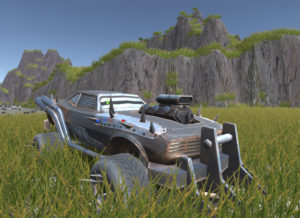 I’m quite aware that I’m running the risk of entering a bottomless pit of effort…  Making a city look like a city is hard, and many games make that their only thing, whereas I have
I’m quite aware that I’m running the risk of entering a bottomless pit of effort… Â Making a city look like a city is hard, and many games make that their only thing, whereas I have

